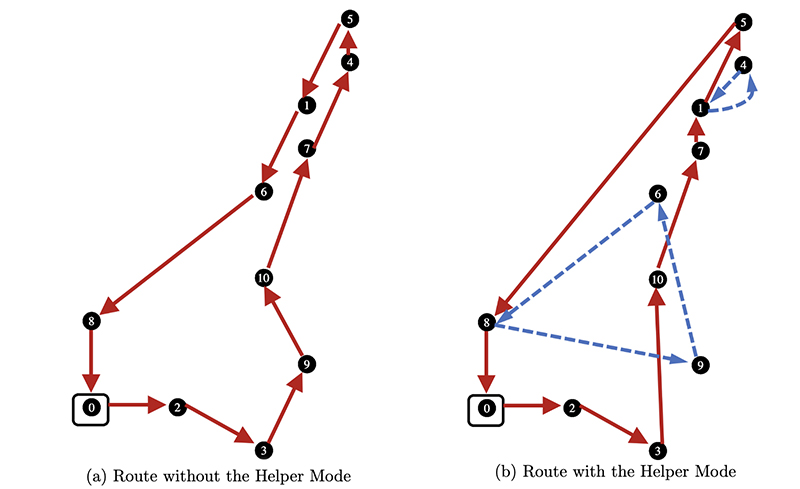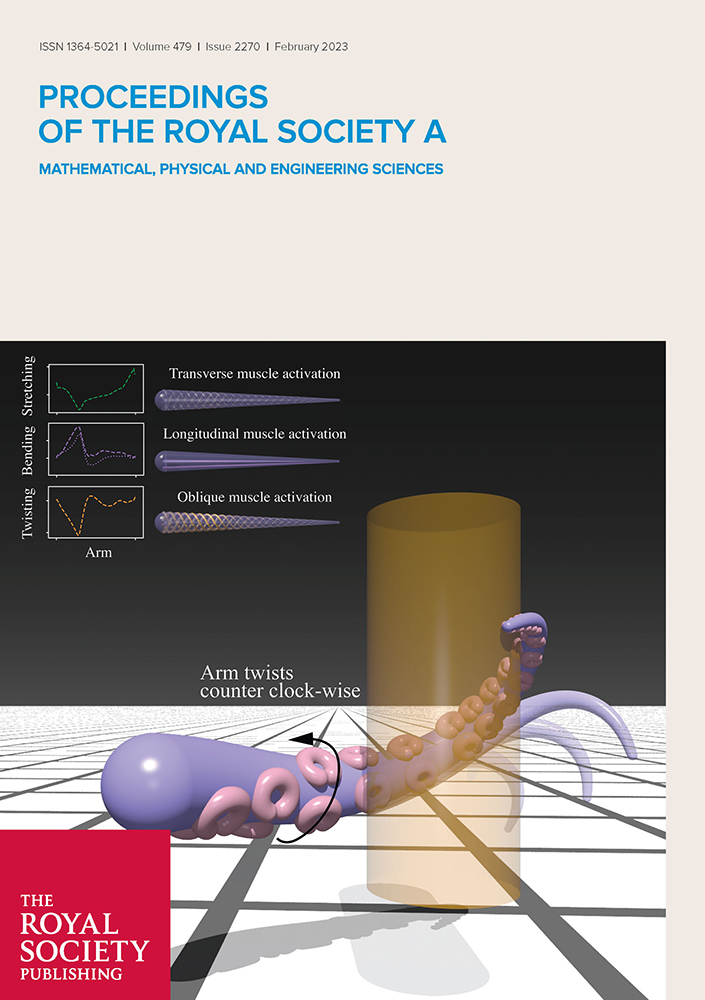News Story
Jeffrey Herrmann gives presentation to Institute on Medicine committee
Associate Professor Jeffrey Herrmann (ME/ISR) recently served on a panel providing information to an Institute of Medicine (IOM) of the National Academies committee.The Committee on Prepositioned Medical Countermeasures for the Public, part of the IOM's Board on Health Sciences Policy, held a workshop at the end of February on “Prepositioned Medical Countermeasures for the Public.” The purposes of the workshop were to:
• Identify gaps and challenges in the existing infrastructure and strategies for dispensing antibiotics to protect the public against a terrorist attack using anthrax or a similar pathogen;
• Assess current prepositioning efforts and identify challenges;
• Discuss appropriate target population groups, advantages, issues, and challenges associated with a range of prepositioning strategies, including workplace caches, hospital caches, caches in schools/universities/daycares, caches in institutional facilities for older adults, and household stockpiles.
• Examine ethical, legal, regulatory, and safety issues relevant to the development of prepositioning strategies; and
• Discuss methods, metrics, and available data for evaluating the cost and effectiveness of prepositioning strategies.
Herrmann spoke during the “Models, Cost and Effectiveness” session, which looked at currently available economic evidence regarding prepositioning strategies, potential helpful models, and appropriate measures and metrics such as cost, efficacy, and effectiveness.
He told the committee about his group’s previous clinic planning models work for public health preparedness, as well as a new model recently created to estimate the expected number of deaths in an anthrax attack by modeling the logistics of the response and the use of MedKits. Herrmann’s conclusion is that that prepositioning MedKits benefits both those who have them and those who do not.
Herrmann has collaborated on this model with Michelle Houck, a graduate student in the University of Maryland’s Applied Mathematics program. For more about the problem and the model, see visit the project website.
About the Institute of Medicine
The Institute of Medicine (IOM) is an independent, nonprofit organization that works outside of government to provide unbiased and authoritative advice to decision makers and the public. Established in 1970, the IOM is the health arm of the National Academy of Sciences. The IOM asks and answers the nation’s most pressing questions about health and health care. Its aim is to help those in government and the private sector make informed health decisions by providing evidence upon which they can rely.
Published April 1, 2011






